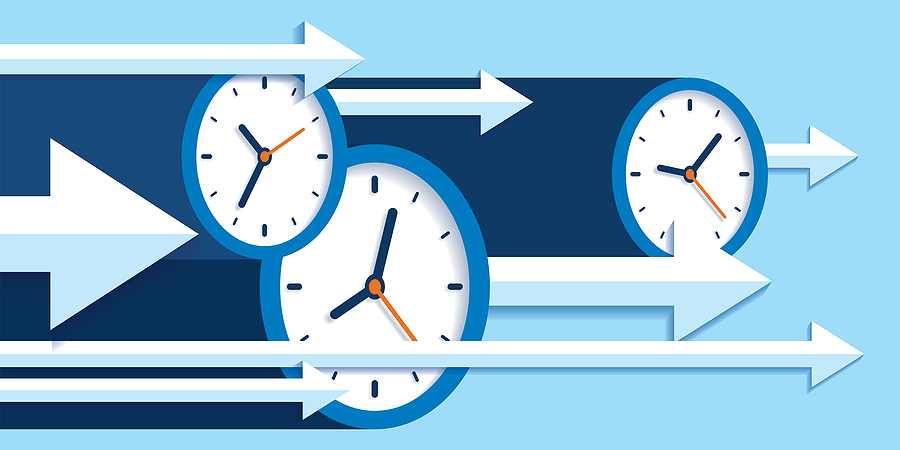Going back further than I might care to admit, my very first foray into the world of learning design was by teaching future commercial airline pilots how to fly by employing flight simulators. I gained a bit of notoriety in flight training circles by speaking at conferences on a topic that challenged a core notion of how the FAA approached pilot training—their insistence on requiring a specific number of flight hours as the end-all, be-all of pilot certification. The heart of my argument was this: the quality of the training time is far more important than the quantity.
Let’s make this personal to hammer the point home. Let’s say you’re on a flight and you know the pilot at the controls has only recently certified to take over the left seat, the captain’s seat, of this aircraft model. Which will give you greater comfort, knowing your captain has completed 1000 hours of training in sunny, favorable conditions or knowing he or she has completed 700 hours of flying in rainstorms, battling through limited visibility, accounting for wind-shear, or troubleshooting a variety of instrument panel warnings? The answer is pretty obvious. Your training needs are not different in this regard, for it is the quality of your training rather than the quality that gives you a competitive advantage. A well-designed program can actually shorten training time.
A World in Need of Problem-solvers
The real advantage of my quality vs. quantity argument is that rather than developing pilots capable of robotically undertaking the essential functions of controlling and landing an aircraft, we needed pilots able to problem solve. Learning the essentials of flying a plane simply isn’t all that difficult. Flying an aircraft when lightning strikes an engine or you lose communications with the ground is a different matter. It is this value of teaching individuals to solve complex, unexpected problems that is at the heart of M-Pact Learning design. That’s because this is the kind of learning that has the greatest impact. We build training designs that make learners apply and explain the information they learn. We make them problem-solve. We place them in specific circumstances where they can’t simply rely on memorization to meet expectations. We do so because the jobs we’re teaching them to do won’t be as easy as memorizing a few steps and then walking through those steps like automatons.
Because we understand the differing impact of a carefully designed learning program, we’ve had great success in helping employers maximize the advantage they receive. In one instance developing training for a global medical device manufacturer focused on teaching technicians how to use a specialized heart catheter, we were able to reduce classroom training time by fifty percent. In the case of developing learning approaches for a national quick oil change company, we reduced the training time for technicians from sixty days to ten while doubling the course completion rate and radically improving retention.
What kind of cost savings might you realize if you could train more-capable employees in significantly less time? Just think of the impact on your company if you had employees able to meet your customer needs when the “storm” hits. Read more in my book M-Pact Learning: The New Competitive Advantage.
